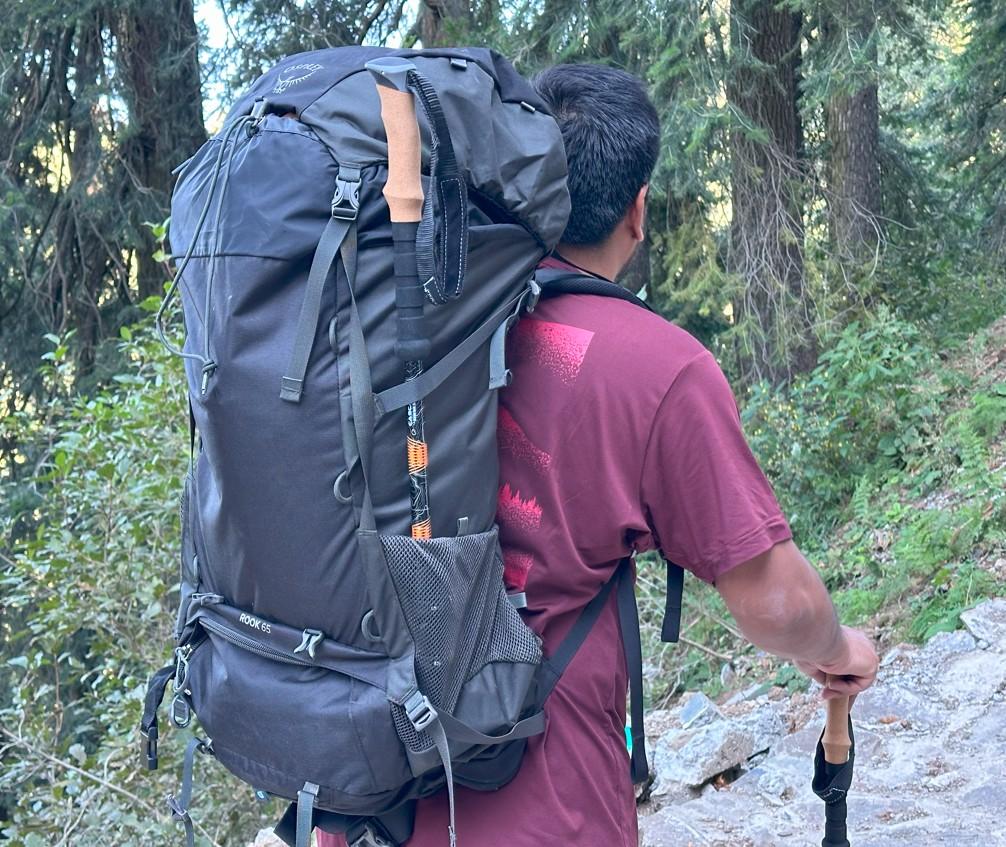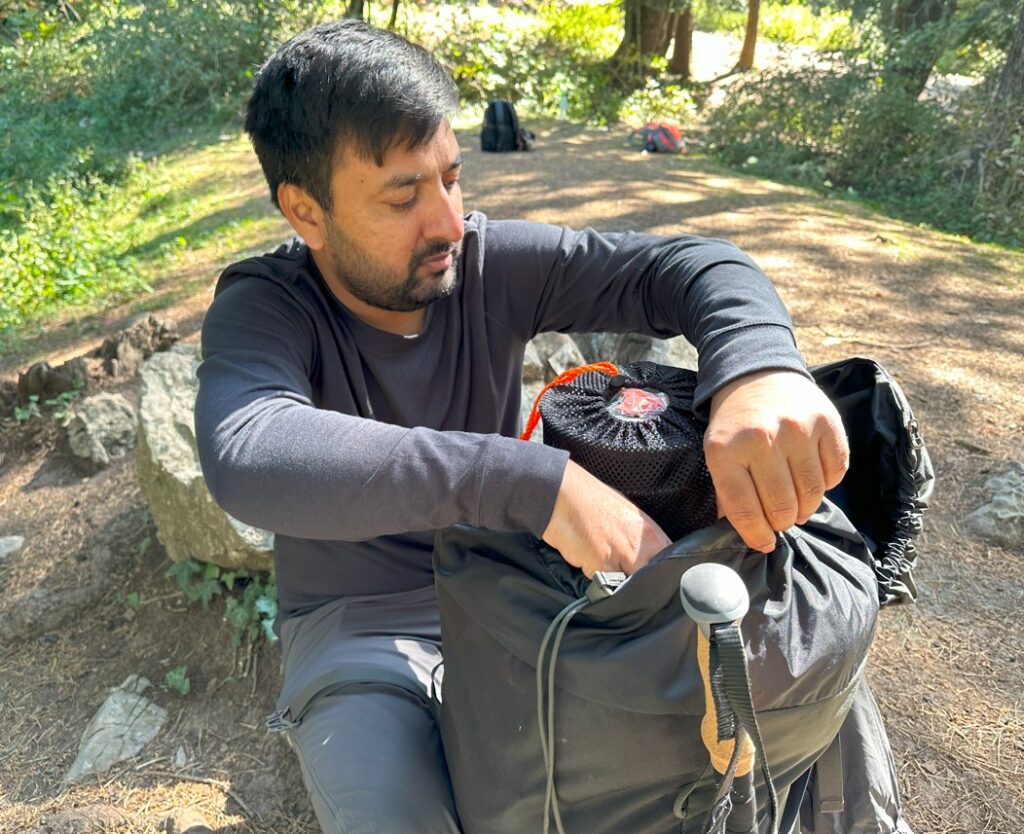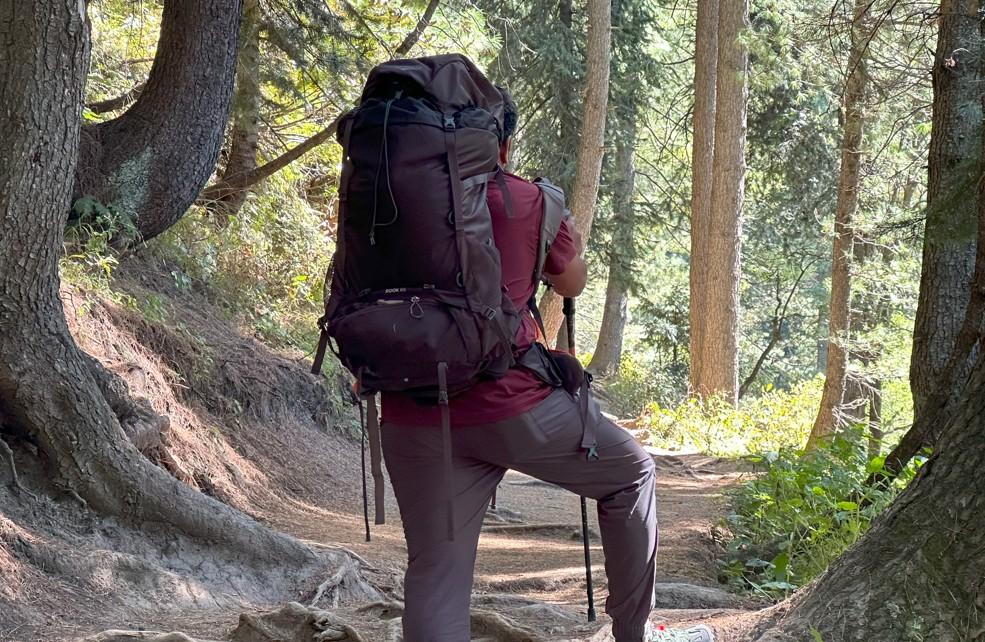Daypack vs backpack: which one to choose? Daypacks are made for shorter trips and casual use, such as day hiking, school, or the workplace. Backpacks are specifically designed for backpacking, multi-day hiking, and travel. The size, shape, purpose, and storage create many significant differences between the two. Backpacks have a greater capacity to store a lot of items when packed smartly.
Related: What is the Best Size for a Daypack?
Some backpacks are too big, so you must select the one that suits you best, based on the duration of your journey and the weight you’ll carry. Backpacks feature broader shoulder straps for extra support and comfort, while daypacks have thinner straps.
You have to determine the duration of your journey before choosing the right pack to take with you.
Defining Daypack and Backpack
What is a Daypack?
Daypacks are usually lighter than a backpack and are often called knapsacks. They are used for short hikes during the day to carry and pack your essential items. Daypacks are cheap and can come under 40$ price range and are ideal for everyday casual use, like taking it to school or on short trips.

What is a Backpack?
Backpacks are normally heavier in weight than a normal daypack. They offer more space to pack your stuff especially for longer hikes. They have side openings rather than top ones and have padded shoulder straps to provide extra grip and stability on the hike. They can be a bit expensive depending on the type of backpack and how much gear you want to store in it.

Key Differences between a Backpack & Daypack
Size and Capacity
Manufacturers normally design daypacks to carry a maximum of 10-30 liters, depending on the capacity and size. The storage is not just limited to the inside on the pack. Many quality day packs, like the Osprey Talon 22, feature plenty of pockets for additional storage.

Side pockets and additional straps help carry small essentials if the pack has attachment points.
While on the other hand backpacks, for example Osprey Rook 65, have the capacity to carry between 30-70+ liters of weight. The key thing is to determine how much weight and of what size backpack you can carry.
Most of the packs come with support straps that you can buckle around your waist which can actually help balance and distribute the weight evenly.
Backpacks can store a few clothes you may need for long hiking trips. Daypacks can only store a set of change of clothes for an overnight stay. It mostly depends on the weather and how much you will be packing and for how long.
Design and Structure
Most backpacks hide their structure inside. Daypacks have zipper openings on the top, while backpacks have more openings and different compartments on the top, back, or usually on the sides. Backpacks feature internal frame designs and many compartments that securely store your hiking essentials. You get plenty of space for backpacking gear, including a sleeping bag, tent, food, and clothes.

Daypacks usually lack a frame, which makes them lighter than backpacks, offering more flexibility and a lighter load. They are designed to have easier access on the trail in case you need something urgently like snacks or other essentials.
Backpacks come with the additional hip and sternum strap that comes around your waist and across your chest to provide tightened grip. These straps prevent your pack from dangling when you hike up the hill.
Daypacks tend to be more stylish and versatile because of its size and structure whereas backpacks can be chunky and heavy having more compartments to add the camera and hiking gear.
Comfort and Support
Backpacks are designed for longer hikes. It can get very hot if you are hiking during the hot summer day. Most packs (including day packs) feature mesh ventilation panels to prevent your back from sweating.
The trampoline-suspended mesh, soft and breathable in texture, glides up your back to provide the sweat-free comfort you need on your hike. Daypacks offer light padding on the back and on shoulder straps because they are meant for shorter hikes.

Backpacks include extra padding and cushioning to offer maximum comfort while bearing the weight of the pack on your shoulders. Backpacks feature many straps, including the hip belt, shoulder straps, load lifters, and sternum straps.
First, loosen all the straps, pack whatever you need for your hike, carry it on your shoulders, and then tighten the straps for your comfort. Tightening the straps helps divide 30-40% of the pack’s weight onto your shoulders and 60-70% onto your hips.
Material and Durability
When choosing the ideal day or backpack, factors like waterproof material and longevity should be considered. Manufacturers design canvas backpacks to last longer, and they often feature internal or external frames.
Designers mostly use nylon for daypacks because it is lighter in weight, more durable, and can also be water-resistant. Some backpacks use polyester material, which is long-lasting but can be heavier than other materials.
Webbing is a very breathable and lighter material texture that is used for backpack straps and designing the mesh panels. It is mainly made from polyester foam which is extremely durable.
Daypack vs Backpack: Comparison Table
| Daypack | Backpack |
| Light and easier to carry | For heavy load |
| Come with few straps | Feature many supporting straps to divide the weight |
| 10 to 30 liter capacity | 30 to 70 plus liter capacity |
| Day hiking or short trips | Backpacking |
If you are planning for backpacking, choosing a backpack for your adventure is ideal. You need to pack lots of gear, like a sleeping bag, tent, food, stove, gas, cookware, clothes, etc. This is why a backpack is a wise choice for carrying all your essentials. Below, the comparison table highlights the few differences between a day pack and a backpack.
People prefer carrying a backpack instead of big, heavy duffle bags because they are easier to carry, especially with the help of supporting straps. During my multi-day hike, I usually take the Osprey Rook 65, which offers plenty of space to carry hiking gear for a few days. During the day hiking trips, a daypack like the Osprey Talon 22 does a great job.
